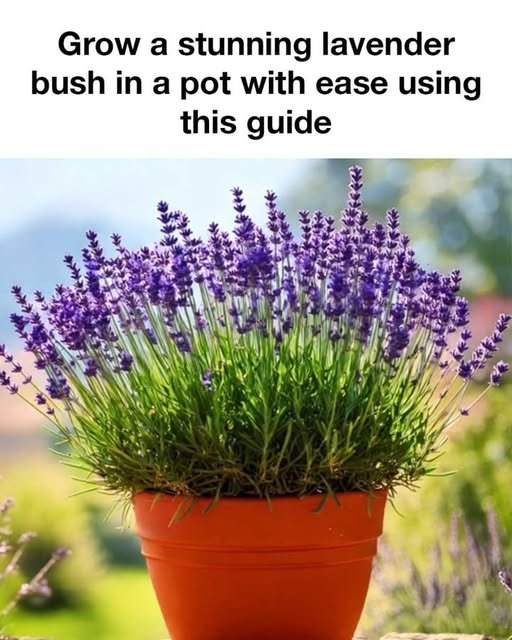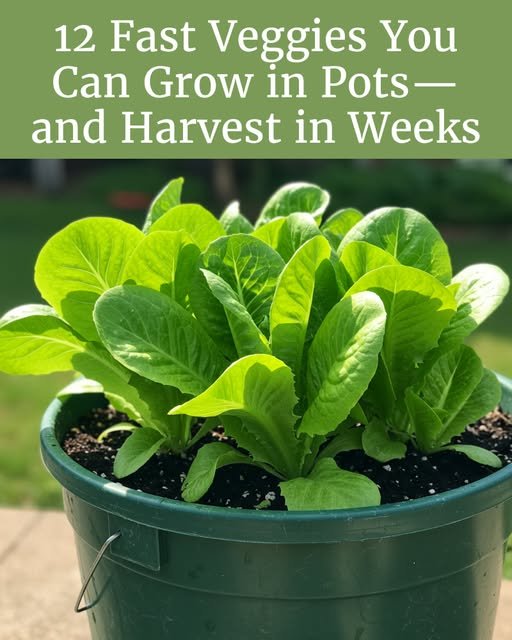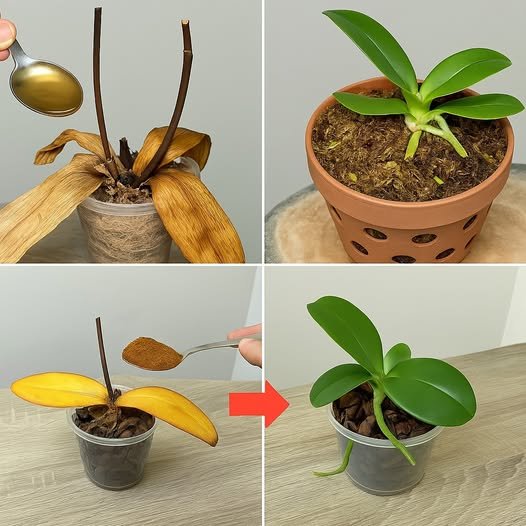Lavender, with its fragrant blooms and silvery foliage, is a beloved plant for both gardens and containers. Growing lavender in pots is an excellent option for those with limited space or less-than-ideal soil conditions. Potted lavender can thrive on balconies, patios, or any sunny spot, bringing beauty and a calming scent to your home. This guide will walk you through everything you need to know to successfully grow a stunning lavender bush in a pot, from selecting the right variety to harvesting and using your lavender.
Selecting the Right Lavender Variety for Pots
Not all lavender varieties are suitable for container gardening. When choosing a lavender for your pot, consider compact varieties such as ‘Hidcote’, ‘Munstead’, or ‘Little Lottie’. These types are known for their manageable size and robust growth in confined spaces. English lavender (Lavandula angustifolia) is often recommended for pots due to its hardiness and aromatic flowers. Consider the climate and your local conditions when selecting a variety, as some lavenders are more tolerant of heat or cold than others.
Choosing the Perfect Pot for Your Lavender Bush
The right pot is crucial for the health of your lavender. Choose a pot that is at least 12 inches in diameter and has ample drainage holes to prevent waterlogging. Terracotta pots are ideal as they are porous, allowing excess moisture to evaporate, which is beneficial for lavender’s preference for dry conditions. Ensure the pot is sturdy enough to support the plant as it grows and consider a saucer to catch excess water.
Preparing the Ideal Soil Mix for Lavender
Lavender thrives in well-draining, sandy soil with a slightly alkaline pH. Create a suitable potting mix by combining two parts of high-quality potting soil with one part sand or perlite to enhance drainage. Adding a handful of lime to the mix can help maintain the alkaline conditions lavender prefers. Avoid using heavy garden soil, as it can retain too much moisture and lead to root rot.
Planting Lavender in a Pot: Step-by-Step Instructions
To plant lavender in a pot, first fill the pot with your prepared soil mix, leaving about an inch of space from the top. Gently remove the lavender plant from its nursery container, taking care not to damage the roots. Place the plant in the center of the pot and fill in around it with more soil mix, pressing down lightly to eliminate air pockets. Water the plant thoroughly after planting to help it settle in.
Watering and Drainage: Ensuring Optimal Growth
Lavender prefers to be on the drier side, so it’s important not to overwater. Allow the top inch of soil to dry out between waterings. During the growing season, water once or twice a week, reducing frequency in the winter months. Ensure the pot has good drainage to prevent water from pooling at the bottom, which can cause root rot.
Providing Adequate Sunlight and Temperature Conditions
Lavender requires full sun to thrive, so place your pot in a location that receives at least 6 to 8 hours of direct sunlight each day. Lavender is also quite tolerant of heat but may need some protection from intense afternoon sun in very hot climates. In cooler regions, ensure the plant is sheltered from cold winds and frost.
Fertilizing Lavender for Healthy Growth
Lavender is not a heavy feeder and too much fertilizer can lead to excessive foliage growth at the expense of flowers. Apply a balanced, slow-release fertilizer in the spring as new growth begins. Alternatively, you can use a diluted liquid fertilizer every four to six weeks during the growing season. Avoid high-nitrogen fertilizers, which can promote leaf growth over blooms.
Pruning and Maintenance Tips for Potted Lavender
Regular pruning helps maintain the shape and health of your lavender plant. In early spring, trim back any dead or woody stems to encourage new growth. After the first flush of flowers, lightly prune the plant to remove spent blooms and encourage a second flowering. Avoid cutting into old wood, as lavender does not regenerate well from woody stems.
Managing Pests and Diseases in Potted Lavender
Lavender is generally pest-resistant, but it can occasionally be affected by aphids or spider mites. Regularly inspect your plant and use a strong spray of water to dislodge pests or apply insecticidal soap if necessary. Fungal diseases can occur if the plant is overwatered or lacks air circulation, so ensure your lavender has good drainage and space around it.
Overwintering Lavender: Protecting Your Plant in Cold Weather
In colder climates, potted lavender may need protection during the winter months. Move the pot to a sheltered location, such as a garage or unheated greenhouse, where it will be protected from frost. Alternatively, wrap the pot in bubble wrap or burlap to insulate the roots. Water sparingly during the winter, as the plant will be dormant and require less moisture.
Harvesting Lavender: When and How to Do It
The best time to harvest lavender is when the flowers are just beginning to open, as this is when they are most fragrant. Use sharp scissors or pruning shears to cut the stems, leaving a few inches of foliage on the plant. Harvesting in the morning after the dew has dried will help preserve the essential oils. Hang the stems upside down in a cool, dark place to dry.
Creative Uses for Your Homegrown Lavender
Lavender can be used in a variety of ways around the home. Dried lavender flowers are perfect for making sachets, potpourri, or homemade soaps. Lavender can also be used in cooking, adding a unique flavor to baked goods and desserts. Additionally, lavender essential oil, extracted from the flowers, is popular in aromatherapy for its calming properties.
Troubleshooting Common Problems with Potted Lavender
If your lavender plant is not thriving, consider potential issues such as overwatering, poor drainage, or insufficient sunlight. Yellowing leaves may indicate too much water, while leggy growth can be a sign of inadequate light. Adjust your care routine accordingly and ensure the plant has enough space and air circulation to prevent diseases.
Conclusion: Enjoying Your Beautiful Lavender Bush
With the right care and attention, a potted lavender bush can be a stunning addition to your home. Its beautiful blooms and soothing fragrance will provide enjoyment throughout the growing season. By following this guide, you’ll be well on your way to cultivating a healthy and vibrant lavender plant that will bring joy and tranquility to your space.



